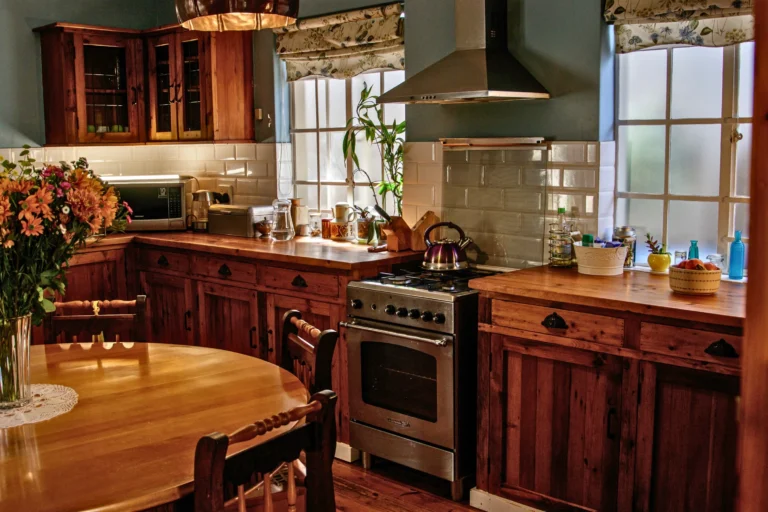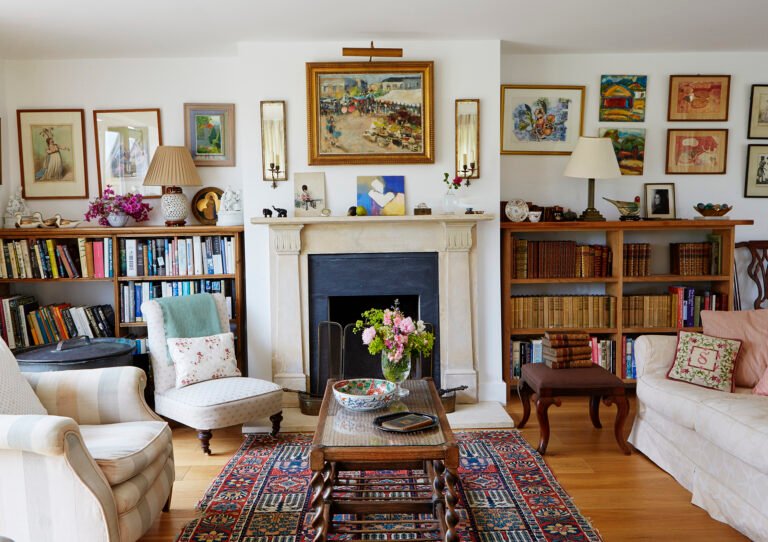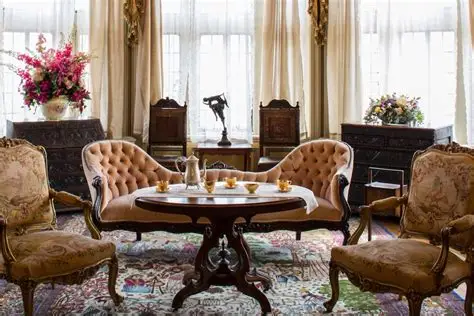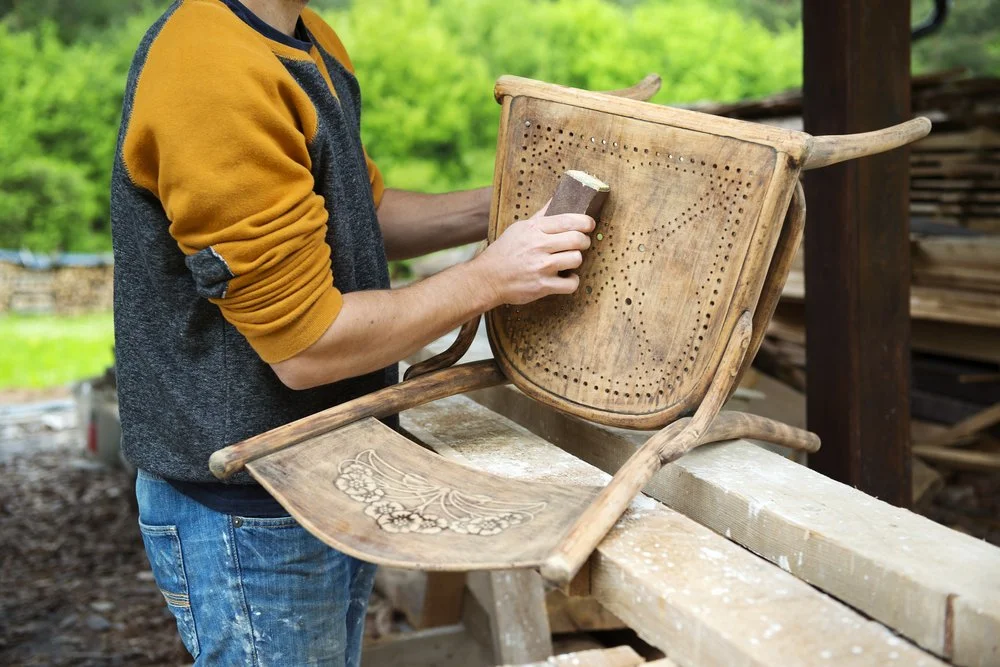
Restoring Antique Furniture the Right Way
Antique furniture carries history, character, and craftsmanship. Over time, pieces can show wear, scratches, or structural damage. Restoring antique furniture the right way ensures that these treasures maintain their beauty, value, and integrity for years to come.
Restoration is more than simple cleaning or repairs. It requires understanding the furniture’s materials, construction techniques, and historical context. Proper methods preserve authenticity while enhancing functionality and aesthetics.
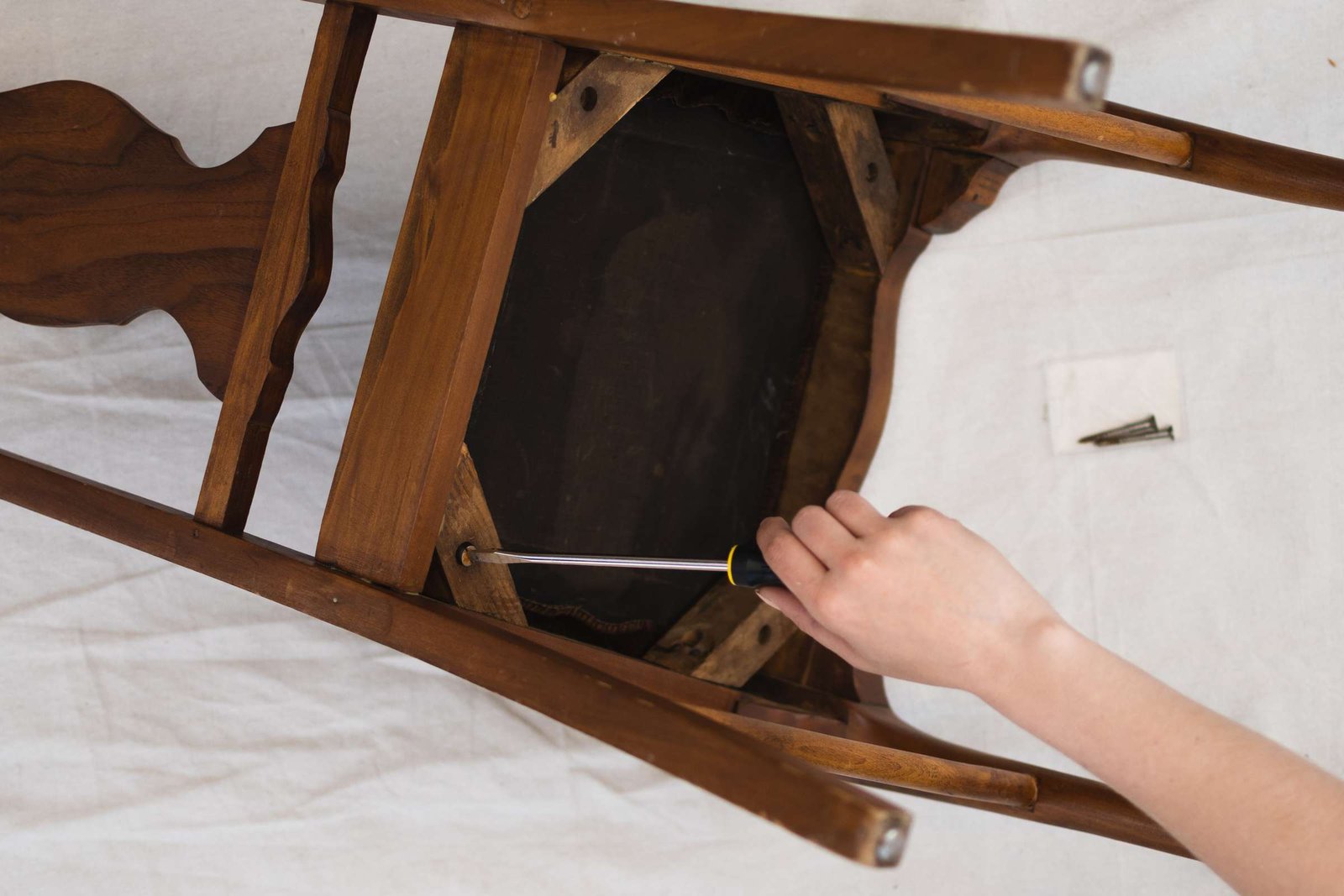
Why Proper Restoration Matters
Restoring antiques carefully is crucial for several reasons:
-
Preserves value: Incorrect restoration can significantly reduce a piece’s market value.
-
Maintains authenticity: Gentle techniques retain original finishes, joinery, and craftsmanship.
-
Enhances longevity: Proper care and repair prevent further damage.
-
Improves usability: Restored furniture can be enjoyed without compromising structural integrity.
-
Protects historical significance: Conserving original elements preserves the furniture’s story and era.
A thoughtful restoration approach balances history, beauty, and practicality.
Assessing the Condition
Before beginning any restoration project, thoroughly examine your piece:
-
Structural damage: Identify loose joints, broken legs, or weakened frames.
-
Surface wear: Look for scratches, stains, faded finishes, or worn veneer.
-
Upholstery issues: Check for torn fabric, flattened padding, or signs of pests.
-
Previous repairs: Determine if past restoration efforts were successful or need correcting.
-
Wood type and finish: Understanding materials helps plan the restoration method.
Documenting the condition allows you to prioritize repairs and restoration steps effectively.
Cleaning Antique Furniture
Cleaning is often the first step in restoration:
-
Dust regularly: Use a soft, dry cloth to remove dust without scratching surfaces.
-
Mild cleaning solutions: Mix water with gentle soap for delicate finishes, testing a small area first.
-
Avoid harsh chemicals: Strong solvents can damage wood, veneers, and finishes.
-
Polish selectively: Use natural wax or polish suitable for antique wood to maintain luster.
-
Remove grime carefully: For dirt in carvings, use soft brushes or cotton swabs.
Proper cleaning reveals areas that require more attention without harming the furniture.
Repairing Structural Damage
Structural integrity is essential for both function and value:
-
Tighten joints: Use appropriate adhesives or traditional joinery methods to secure loose parts.
-
Replace missing elements carefully: Match wood type, grain, and finish to the original.
-
Avoid over-repairing: Preserve as much original material as possible to retain authenticity.
-
Professional assistance: For high-value antiques, consider a conservator or furniture expert.
Correct repairs ensure stability while maintaining historical integrity.
Restoring Finishes
Restoring finishes enhances visual appeal:
-
Assess original finish: Identify varnish, shellac, lacquer, or oil-based coatings.
-
Touch-ups: Use matching stain or polish to address scratches and worn areas.
-
Refinishing carefully: Avoid stripping original layers entirely unless necessary.
-
Patina preservation: Natural aging adds character; don’t over-sand or over-polish.
-
Blend repairs seamlessly: Ensure restored areas match surrounding surfaces.
A well-restored finish maintains both aesthetic charm and period authenticity.
Upholstery and Fabric Care
Antique seating may require attention to upholstery:
-
Cleaning: Vacuum or gently wash removable covers.
-
Minor repairs: Mend small tears and reinforce weak seams.
-
Replacement: Use fabrics appropriate to the furniture’s era when reupholstering.
-
Padding: Restore cushioning with materials similar to the original for comfort and authenticity.
Caring for upholstery improves both appearance and functionality.
Maintaining Restored Furniture
Once restored, ongoing care preserves your antiques:
-
Regular dusting and cleaning: Prevents dirt buildup.
-
Environmental control: Avoid extreme humidity, temperature fluctuations, and direct sunlight.
-
Surface protection: Use coasters, placemats, and tablecloths to minimize wear.
-
Periodic inspections: Check joints, finishes, and upholstery for signs of deterioration.
-
Avoid heavy use: Treat delicate antiques gently to maintain longevity.
Consistent care ensures your restored furniture remains beautiful and durable for years.
Conclusion
Restoring antique furniture the right way requires careful assessment, gentle cleaning, precise repairs, and thoughtful finishing. By preserving authenticity, maintaining structural integrity, and enhancing aesthetics, you can breathe new life into valuable pieces. Proper restoration ensures antiques continue to serve as functional, decorative, and historically significant elements of your home. With patience, attention to detail, and ongoing maintenance, every restored piece tells a story while maintaining its beauty and value for generations to come.

